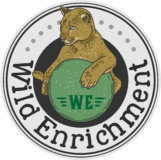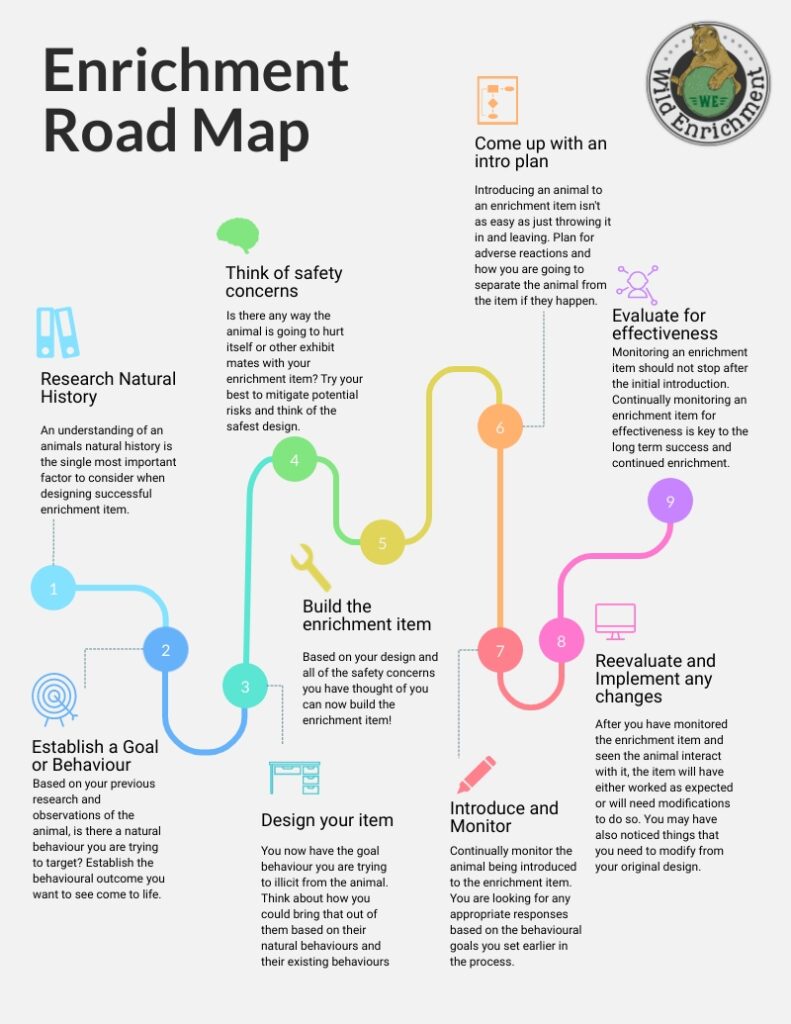
There are many challenges animal care professionals face in the day to day implementation of a high quality enrichment program. Time and money constraints are often some of the biggest hurdles to jump through to deliver the animal effective enrichment. One of the largest roadblocks animal care staff can run into is coming up with new and fresh enrichment ideas on a regular basis. I made the above infographic a little while ago explaining the steps involved in creating great enrichment items, so I thought it would be useful to create an article explaining the steps involved in greater detail. Hopefully by the end of this article you will be able to more easily bring some great enrichment ideas to life!
Why do animals need novel enrichment items?
Do you find yourself giving the same enrichment items to the animals under your care day in and day out? Well I can assure you that if you are getting bored with the enrichment items you are giving out, the target animal is also getting bored with them! So what is the solution? New enrichment items of course! But before we explore how to go about coming up with new enrichment items, I thought it would be beneficial to explore why novel items are so important to a successful enrichment program
In the wild, animals are faced with a wide variety of challenges every single day, from running away from predators to food acquisition, much of an animal’s day is made up of dealing with these challenges. Novel enrichment items are extremely important to a successful enrichment program as they provide captive animals with completely new challenges that they must overcome. This extra challenge can have profound effects on an animal or a group of animals, one study on a group of Bonobos measured the occurrences of behaviours that they found to be negative, such as group violence and stereotypic behaviour with and without novel enrichment present. They found that not only did offering the novel enrichment item significantly reduce these negative behaviours in the group, but also increased the activity levels in the entire group.
In another study observed the behaviours displayed by a captive pair of Spectacled Bears through the use of an ethogram. They found that when a novel climbing structure was added to their exhibit, the bears both displayed a significant increase of positive behaviours as well as a significantly wider diversity of behaviours.
It is clear that novel enrichment has a very large impact on both reducing and preventing negative behaviours in a wide variety of animals, they also have the potential to increase the total variety of behaviours that are displayed. Now that we have talked about the importance of novel enrichment items, let’s explore how often do animals need to be presented with new enrichment items?
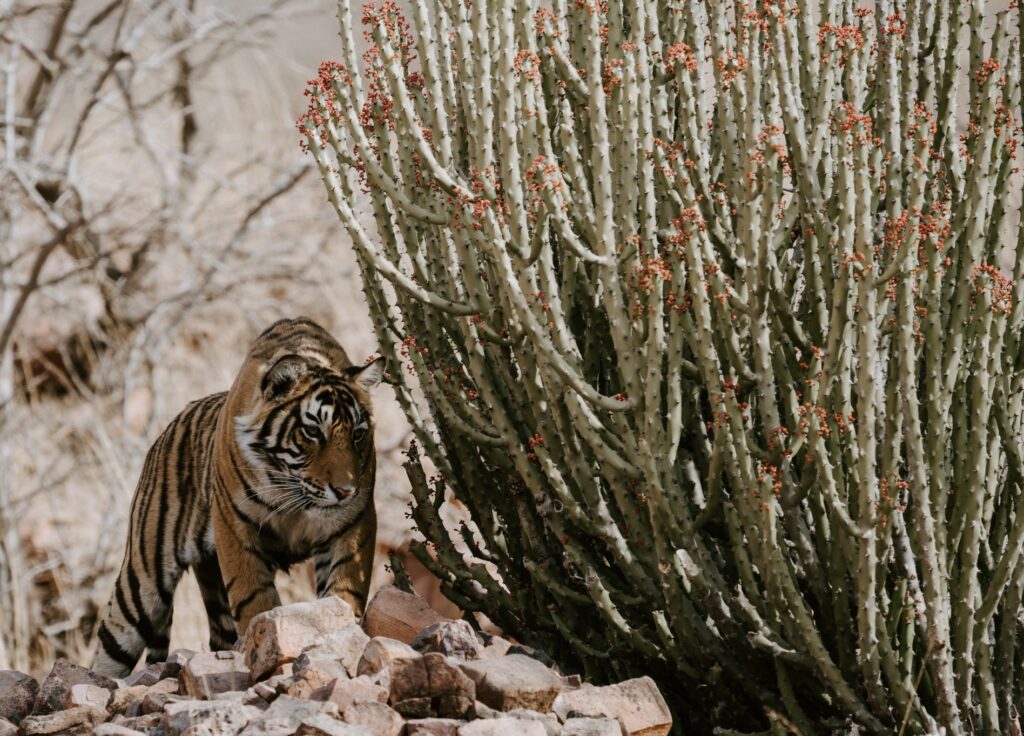
How often do zoo animals need novel enrichment items?
The short answer to this is, how often you are going to need to present animals with novel enrichment items is going to vary tremendously by the species you are trying to enrich.
But it doesn’t have to be as vague as that. Now unfortunately there isn’t a lot of literature on how often novel enrichment should be presented to any species, but we can use what we know about the general characteristics of various species and taxa to determine which animals we should be focusing on. As we have talked about previously in the article “A modern guide to environmental enrichment in zoos and aquariums ” it is often easier to divide animals into groups based on taxa in order to determine their enrichment needs. This grouping allows you to initially prioritize which enrichment programs are going to need the most attention from you. In the article, my sample groups looked like this:
- Group 1: Very High Priority
- Carnivora
- Primates
- Animals with established stereotypes
- Group 2: High Priority
- High Activity Birds (I.e. Psittaciformes, Picocoraciae)
- High Activity Mammals (I.e. Proboscidea and some Ungulates)
- Animals starting to show signs of forming stereotypes
- Group 3: Medium Priority
- Ungulates and all other Mammals
- Birds
- Group 4: Lower Priority
- Reptiles
- Amphibians
So for example if we were thinking about how often novel enrichment should be presented to each taxa, we can first come up with realistic and doable goals for each group, starting with the highest priority group. So the animals that you work with that are in group one may need new enrichment items every other week, so for group two it is going to be less than that, say once a month and so on for the rest of the groups. And as I stated in the original article, this grouping is by no way representative of every facility and the animals that you work with. Make your own priority list based on your own unique situation.
Now that you have set some goals based on the above chart you’re probably thinking, how in the world am I going to come up with new enrichment several times a month for an animal I work with? Well the good news is that “novel” enrichment doesn’t always mean a fancy new puzzle feeder or revolutionary device that elicits a natural behaviour. In a study by Visalbergi et al, they found that even novel food items presented to a group of chimpanzees had a considerably enriching effect.
Based on this study it is clear that enrichment doesn’t need to be complicated to be considered “novel” even by a group of highly intelligent primates. There are also many ways you can take some of the enrichment that you are already giving the animal and just present it in a novel way. Have a plastic ball that they don’t play with anymore? Drill holes in it and fill it with food or put an eye hook in it and hang it up. You can recycle old enrichment many times over if you are creative with it. Not every enrichment item needs to be tactile; there are also easier senses to target such as olfactory. Try to think of things like hair, feces, hoof trimmings, old perching from other animals that may be intriguing to the animal you are trying to enrich.
Alright, now let’s talk about how to actually think of an enrichment item and bring it to fruition.

Step 1: Research natural history
A firm understanding of what an animal does in the wild and the behaviours that they display in their day to day lives is often the factor that makes the enrichment item continuously enriching for a long period of time. The reason this is step 1 is that understanding natural history will also give you a treasure trove of natural behaviours that you can easily target in order to start the process of coming up with new enrichment. If an animal performs the behaviour in its day to day life in the wild, it’s very likely that it will perform that behaviour very willingly and frequently in a captive setting. When researching these natural behaviours pay particular attention to how the animal is foraging and acquiring its food, how its evading predators, how its relaxing, how its playing and how its spending the majority of its day. All of these things are going to be very important in the next step.
Step 2: Establish a goal or behaviour
Based on the information you gathered in the first step, establish a goal for the enrichment item you want to build. What behaviours or series of behaviours do you want to bring out of the animal? Is there negative behaviours you want to stop them from exhibiting?
By forming a goal early on in the enrichment build process you are making the process quantifiable and highly specific to a particular facet of an animal’s natural history. Without this goal or predetermined behaviours, there is no way of telling whether or not the enrichment item is a success or a failure, this combined with a firm natural behaviour foundation make the enrichment item set up for long term success.
Step 3: Design your item
Now that you have a goal based on natural behaviours, think about how you can bring them out of the animal you are working with (or how can you stop them in the case of negative behaviours). Think about how your item can simulate a situation that brings the goal behaviours out in the wild. People tend to go way over complicated in this step and design an item that will be extremely complex and very hard to bring to life. Instead, I like to ask myself the question, what is the simplest and easiest way I can accomplish the goal? If you have this grand idea for an enrichment item that involves welding and circuit boards and timers, ask yourself what the simplest prototype of this design looks like and start from there. In the tech world they call this the “minimum viable product” and this allows you to be more focused on getting the enrichment item to the animal instead of being worried about it being “perfect”. You can always give the animal a new and improved version after your prototype has been vetted and tested. This will also allow you to do step 8 several times before you deliver your final product.
Step 4: Think of safety concerns
Mitigating any potential safety concerns to the animal you are trying to enrich or the other occupants of the exhibit is extremely important. Think of anyway that the animal could hurt itself on the enrichment item that you have designed in the previous step. Can the animal get a limb caught anywhere on the enrichment item? Can it use the enrichment item as a weapon to hurt other exhibit mates? Questions like that are of vital importance to ask in this process. It’s also useful to keep this in the back of your mind as you go through the build process.
Step 5: Build the enrichment item
Now to begin the fun stuff! Take your design you came up with in the last few steps and bring it to life! Focus on making things as simple as possible and ask for help and advice where you need it. Making arrangements with other departments for materials and assistance is often very important for success.
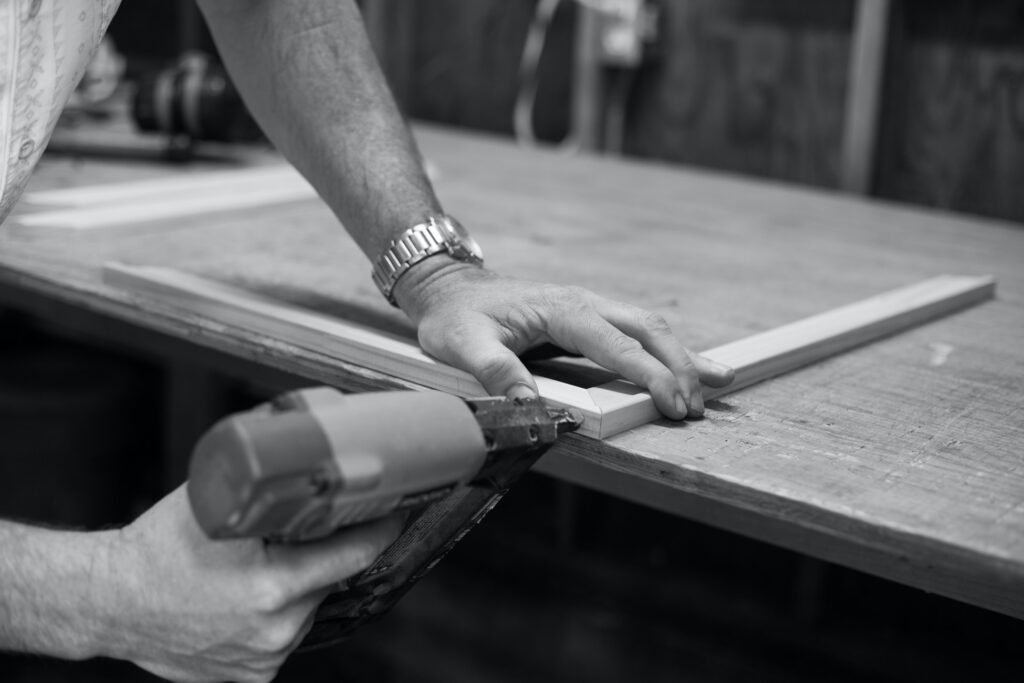
Step 6: Come up with an intro plan
Now that you have your enrichment item built, the next step is to come up with a plan to introduce your new enrichment item to the animal it is going to be enriching. Often it isn’t as easy as throwing it in and walking away. This is especially true with dangerous animals and animals you cannot go in with as it will be harder to retrieve the enrichment item if things go wrong with it. That is why you need a plan to introduce the enrichment item safely and in a controlled manner.
Ask yourself if there are problem areas of the exhibit you want to keep the new enrichment away from? Is there a way to serrate the animal from the enrichment item if you need to in case of emergency? Do you want the first encounter to be visible to the public, or in a back area?
These are all very important things to think about when introducing a new enrichment item.
Step 7: Introduce and Monitor
The time is finally here! You get to give the enrichment item you spent too much time designing and building to the animal you built it for! Follow your enrichment intro plan and give them your enrichment. While they are interacting with your enrichment item for the first time make sure you are constantly monitoring the interactions, keeping an eye out for negative interactions. You may want to offer the enrichment item to the animal on several occasions before you deem it safe to be left unsupervised or overnight. Notes can also be helpful in this stage so coworkers know how the introduction went and what to look out for.
Step 8: Reevaluate and Implement any Changes
Based on your evaluations from the last step you will be able to determine whether or not the item worked as anticipated or not. If not, are there any modifications you can make to it in order for it to be effective in accomplishing the goal you set in step 2? Also now is the time to make any necessary changes to the item to make it more safe based on how the animal interacted with it in the previous step. This is a great time to take your new observations and create an even better enrichment item.
Step 9: Evaluate for Effectiveness
Items only count as enrichment if the animal still finds it enriching
Once you are happy with the response that the enrichment item is bringing out in the animal it was intended for, you need to make sure it stays that way for a long period of time. Items only count as enrichment if the animal still finds it enriching. Daily monitoring of how the enrichment item is being interacted with is crucial to making sure the item is still enriching for the subject.
If your item starts to be less enriching to the subject, start by offering it less often or take a prolonged break from the item, in hopes that it will become somewhat novel again. Are there any modifications you can make or novel ways of presenting this enrichment item to make it more interesting for the animal? Also thinking of another animal that could benefit from the same enrichment item is a great way to recycle ideas!
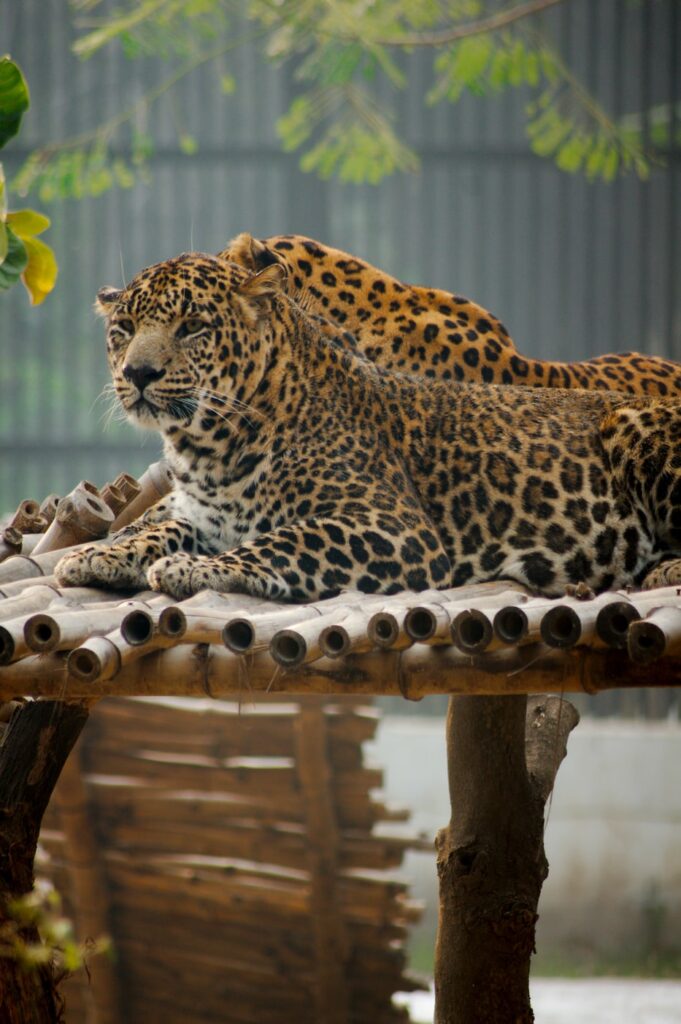
Bringing novel enrichment ideas to life
When broken down into a simple and straightforward process, coming up with and implementing new enrichment ideas is not only easy but consistently repeatable. Implementing new enrichment ideas as often as you can is one of the most beneficial things you can do for a group of animals. Novel enrichment can not only stop negative behaviours almost instantly, it can also have a long term impact on the well being of a group of animals. I would much rather provide several excellent enrichment opportunities a month to an animal then mediocre or poor enrichment every single day.
It is clear that the most important step to developing effective novel enrichment items is to draw your ideas from the animals’ wild counterparts based on behaviours that they are displaying in their everyday lives. Be it hunting, foraging or play, the day to day life of a wild animal is a literal treasure trove of important enrichment ideas.
Going forward I would recommend grouping your animals similarly to how we have done above and assigning timeframes as to when they are supposed to get new enrichment items and try to stick to that schedule as best you can. All animals can benefit immensely from novel enrichment items being introduced into their day to day lives, but it’s very important to focus on those individuals that are going to benefit the most from receiving them.
Now that you have a solid framework surrounding novel enrichment items, the only thing left to do is to hit the idea board and come up with some yourself!
If you want a hand doing this, I would be happy to help you with the idea and implementation processes of new enrichment items. Feel free to contact me using the button below!
Check out our resources page to download the enrichment roadmap and other helpful resources!
